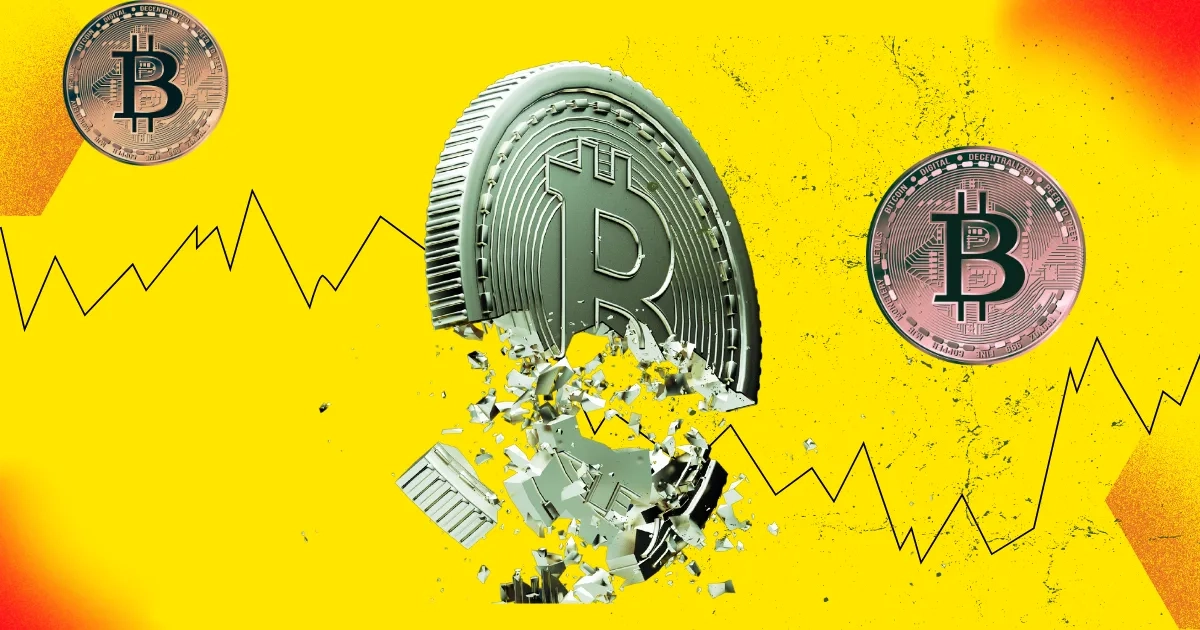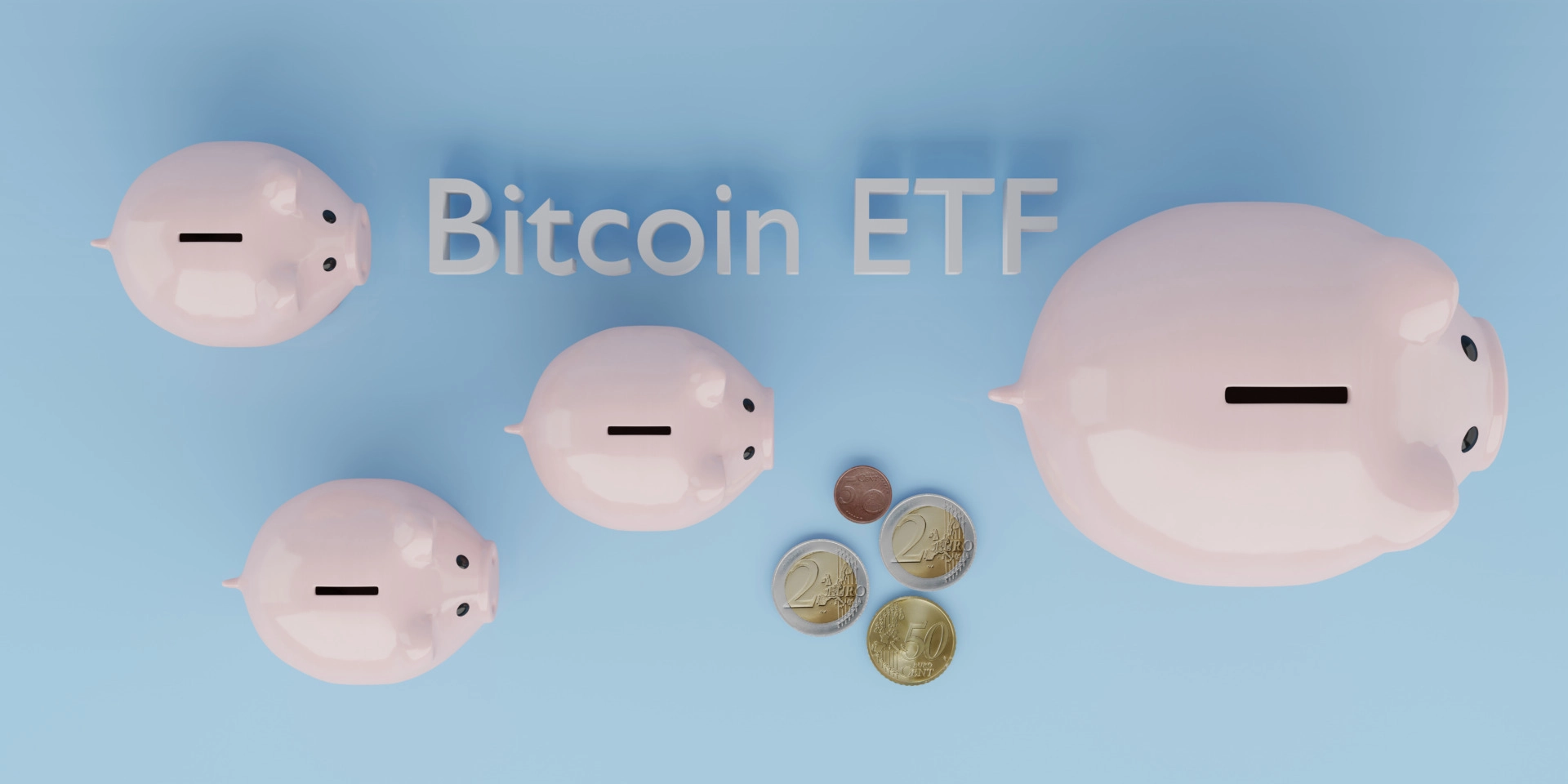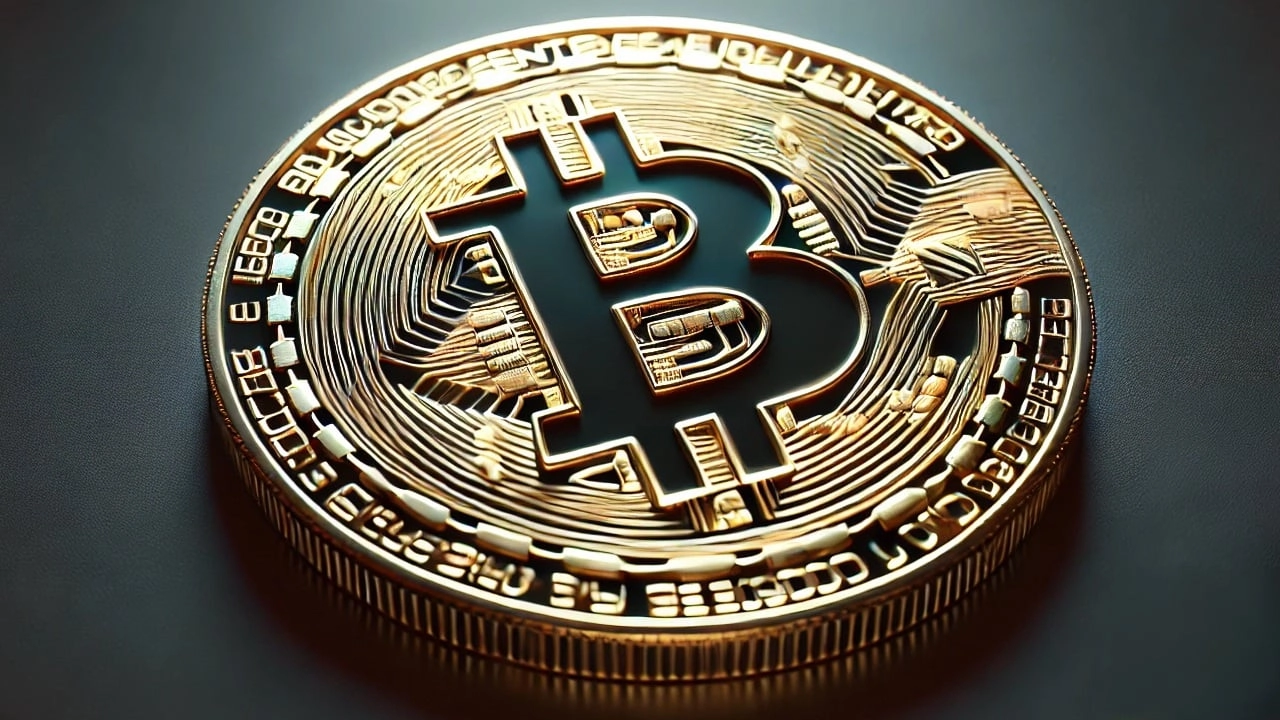Bitcoin price surged 9.7% from July 13 to July 15, pushing it to around $63,500. This rally managed to reverse the losses from the previous nine days, yet the $65,000 resistance level remained unbroken for four consecutive weeks. Some traders attribute this recovery to speculation that China may lift its long-standing ban on Bitcoin. However, no official statement from the Chinese government has confirmed such rumors.
Bitcoin derivatives markets are not projecting optimism
Despite the positive outlook, which includes a leading US presidential candidate expressing support for Bitcoin, BTC derivatives do not reflect the same enthusiasm. Market participants are now wondering if there is sufficient demand to break the $65,000 barrier and whether the weekend gains can be sustained.
 Source: BTC_for_Freedom
Source: BTC_for_Freedom Analysts have firmly denied the rumors, stating that China is unlikely to allow its citizens to freely trade Bitcoin using the local Renminbi currency. Mikko Ohtamaa, the co-founder of algorithmic investment protocol Trading Strategy, emphasized that a significant shift in China’s stance on Bitcoin
BTC

$58,977
would conflict with the government’s political agenda to curb “capital flight”.
Additionally, experts note that Chinese investors are currently prohibited from investing in spot Bitcoin and Ethereum exchange-traded funds (ETFs) in Hong Kong despite its close ties with mainland China.
The Republican National Committee (RNC), whose leading candidate is former US President Donald Trump, passed a draft of a policy platform on July 8. The platform aims to “defend the right to mine Bitcoin and ensure every American has the right to self-custody of their digital assets and transact free from government surveillance and control.” It also accuses Democrats of engaging in an "unlawful" crackdown on cryptocurrencies.
Will Clemente, founder of crypto research firm Reflexivity Research, suggested that Bitcoin’s weekend gains indicate a higher likelihood of Trump being elected as the next US president in the November election.
Analysts also pointed out that Bitcoin’s bullish momentum increased during Trump’s Pennsylvania rally, coinciding with the former president surviving an assassination attempt. In essence, the market anticipates more favorable regulations compared to the policies implemented under the current Biden administration.
To determine whether crypto traders are gaining confidence in $63,000 becoming a support level, it’s crucial to analyze the perpetual futures funding rate. This indicator, typically updated every eight hours, reflects the demand for leverage among buyers (longs) and sellers (shorts). Although the size of positions is equal on both sides, a positive funding rate indicates that longs are paying for leverage.
 Bitcoin futures 8-hour average funding rate. Source: Coinglass
Bitcoin futures 8-hour average funding rate. Source: Coinglass The data shows a relatively neutral funding rate of 0.005% per 8 hours, which equates to 0.10% per 7 days. This cost is negligible for most traders and significantly lower than the 1.5% level associated with bullish markets. To further confirm the absence of optimism, it is essential to examine Bitcoin's monthly futures.
Investors’ lack of enthusiasm could trigger a surprise rally
Professional traders often prefer monthly contracts due to the absence of a funding rate. In neutral markets, these instruments trade at a premium of 5% to 10% to account for their extended settlement period.
Related: BTC price demands $63K flip as BlackRock CEO calls Bitcoin 'legitimate'
 Bitcoin 2-month futures premium relative to spot markets. Source: Laevitas.ch
Bitcoin 2-month futures premium relative to spot markets. Source: Laevitas.ch The data indicates that the BTC futures premium increased to 11% on July 15, surpassing the neutral range of 10% for the first time in nearly two weeks. This level suggests moderate optimism, which is particularly encouraging given that Bitcoin is still 14% below its all-time high of $73,757 in March.
Ultimately, traders should not be concerned about the perpetual contracts funding rate remaining stable. The less confident investors are that the $65,000 level will be reclaimed, the greater the surprise effect, which tends to trigger forced liquidation of shorts and further propel price gains.
Explore more articles like this
Subscribe to the Markets Outlook newsletter

Get critical insights to spot investment opportunities, mitigate risks, and refine your trading strategies. Delivered every Monday
This article does not contain investment advice or recommendations. Every investment and trading move involves risk, and readers should conduct their own research when making a decision.



